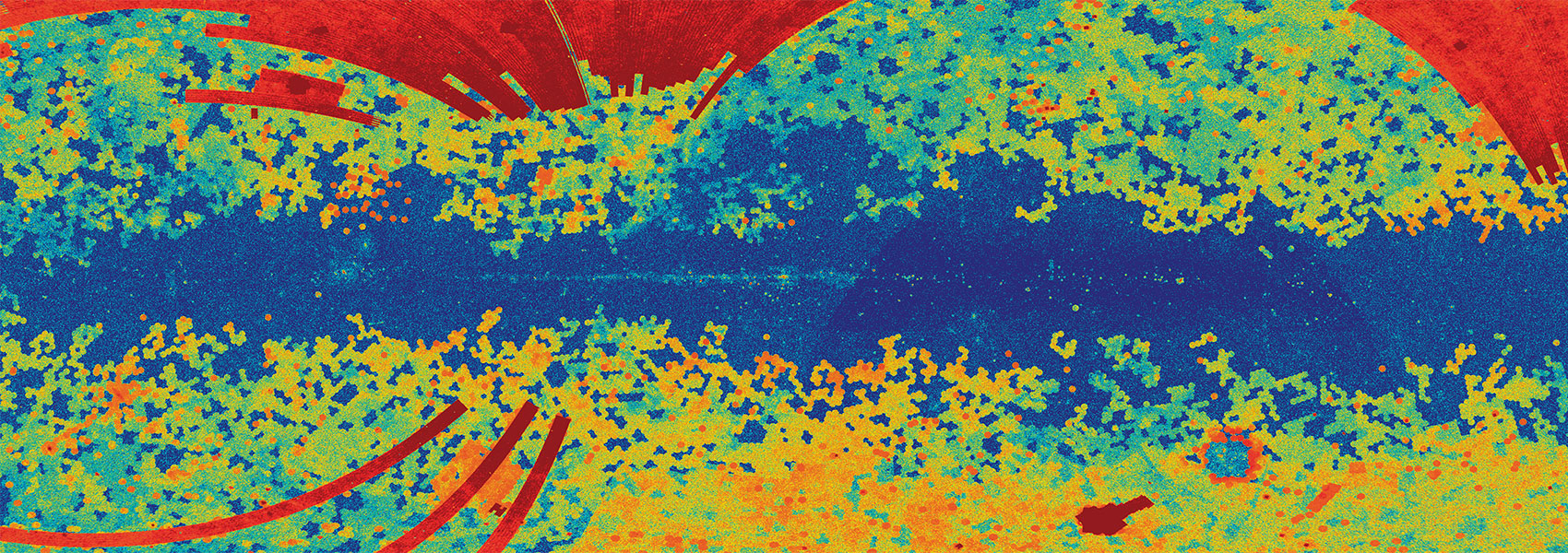May
2017
•
2017ApJS..230....1L
Authors
•
Lu, Nanyao
•
Zhao, Yinghe
•
Díaz-Santos, Tanio
•
Xu, C. Kevin
•
Gao, Yu
•
Armus, Lee
•
Isaak, Kate G.
•
Mazzarella, Joseph M.
•
van der Werf, Paul P.
•
Appleton, Philip N.
•
Charmandaris, Vassilis
•
Evans, Aaron S.
•
Howell, Justin
•
Iwasawa, Kazushi
•
Leech, Jamie
•
Lord, Steven
•
Petric, Andreea O.
•
Privon, George C.
•
Sanders, David B.
•
Schulz, Bernhard
•
Surace, Jason A.
Abstract
•
We describe a Herschel Space Observatory 194-671 μm spectroscopic survey of a sample of 121 local luminous infrared galaxies and report the fluxes of the CO J to J-1 rotational transitions for 4≤slant J≤slant 13, the [N II] 205 μm line, the [C I] lines at 609 and 370 μm, as well as additional and usually fainter lines. The CO spectral line energy distributions (SLEDs) presented here are consistent with our earlier work, which was based on a smaller sample, that calls for two distinct molecular gas components in general: (I) a cold component, which emits CO lines primarily at J ≲ 4 and likely represents the same gas phase traced by CO (1-0), and (II) a warm component, which dominates over the mid-J regime (4 < J ≲ 10) and is intimately related to current star formation. We present evidence that the CO line emission associated with an active galactic nucleus is significant only at J > 10. The flux ratios of the two [C I] lines imply modest excitation temperatures of 15-30 K; the [C I] 370 μm line scales more linearly in flux with CO (4-3) than with CO (7-6). These findings suggest that the [C I] emission is predominantly associated with the gas component defined in (I) above. Our analysis of the stacked spectra in different far-infrared (FIR) color bins reveals an evolution of the SLED of the rotational transitions of {{{H}}}2{{O}} vapor as a function of the FIR color in a direction consistent with infrared photon pumping.
Based on Herschel observations. Herschel is an ESA space observatory with science instruments provided by European-led Principal Investigator consortia and with important participation from NASA.
Links





